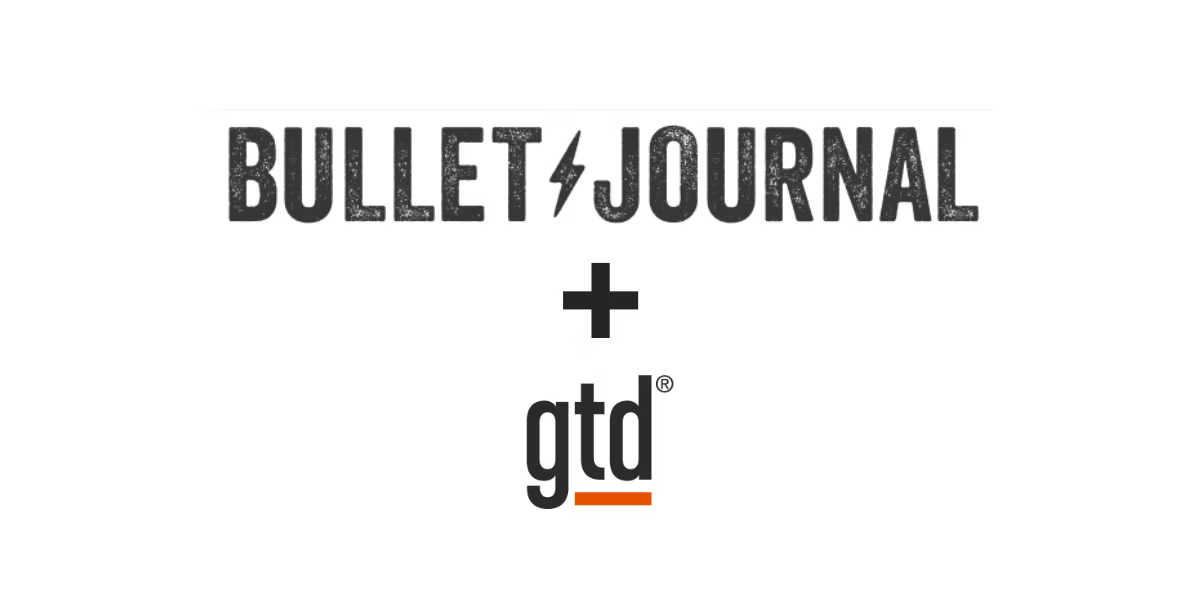Growing up in Japan, New Year’s was a BIG DEAL. There's a series of rituals, customs, and family traditions that take place on New Year's Eve and New Year's Day. As a poster child of capitalism, what I looked forward to the most during this holiday was what is called “Otoshidama”: the money children receive from relatives as a sort of “new year bonus” that comes in special little envelopes with fancy designs printed on them.
I truly loved receiving Otoshidama not because of its monetary value, but because of what it represented, I think. To me, it felt like I was receiving a bouquet of possibilities and opportunities.
Alas, I am all grown up now, and no one hands me Otoshidama on New Year’s Day. But because I’m all grown up now, I can grant myself the feeling of possibilities and opportunities through the End-of-Year/New Year ritual.
Reflect
Advent Journaling

I use one prompt a day to reflect on the year gone by for 25 days. This fun-sized journaling exercise makes it a little less intimidating for me, not to mention it lifts up the holiday spirit!
This is the advent calendar I used last year.
Highlight of the Year
I Look through all the highlights and goodness I log every month (I pick three highlights each month). Then draw lines to connect entries that seem related to one another. This allows me to see that one thing leads to another and fosters a sense of self-efficacy and hope.
I learned this method from “The Meaning Note” created by Japanese entrepreneur Tomoe Yamada.
Identify Life Satisfaction Level

Now that I have a clear view of the year gone by, I rate my satisfaction level in seven areas: career, health, personal growth, money, relationships, hobbies, family, on a scale of 1-10. Having several areas of life to reflect on helps me create a more granular view rather than trying to reflect on my life in general.
Then I write what I want more of, what I want less of in terms of HAVE, DO, BE. What I want more (to have), what I want more (to do), what I want more (to be).
Having the “Have, Do, Be” tier helps me see what I want more of/less of in both concrete and abstract scope.
You can download this sheet for free from [here],
Plan

*I like to do the planing after New Year's when everything feels fresh and open.
-
I create a "Goals Collection" in a new notebook. I look at what I wrote in the reflection and write down all the dreams and aspirations that come to my mind, from the biggest ambitions to the teeny tiny ones, like “go see a movie at a theater” (This does seem like an ambitious aim when you have a baby).
-
Bring Dreams Closer to Reality: 5.4.3.2.1 Exercise
In "The Bullet Journal Method," book this exercise is introduced as a method for allocating goals based on a time period. I have been using this exercise to identify mid-term and short-term steps that support my vision (big goal) coming true. (This was also introduced in the "Writing For Being" course.)5 years, 4 quarters (1 year), 3 months, 2 weeks, and 1 day. For example, if my goal in 5 years is to have a book published, here is what it could look like this.
I then migrate tasks to the appropriate places (Future, Monthly, Weekly, Daily Log, and so on). This process turns the dreams of "Someday...Maybe" into concrete plans for actions. (Of course, this does not mean that everything will go as planned, so we will continue to observe and ask ourselves questions in reflection and make adjustments👍)
Visualization of Dreams: Vision Board

A Vision Board is a collage of pictures or quotes, or anything strongly connected to your dreams. Some say that visualizing who you want to be and the life you aspire to lead, as vivid as you can, as often as you can, helps manifest those ideas (So-called "law of attraction" or “manifestation”).
You may be thinking, "That's just too... out there...", but, in fact, some neuroscience studies support this claim!
Well, science or mumbo-jumbo, I am a visual person who has a mild obsession with arts and crafts. I simply do this because it’s fun and exciting. (I actually hosted a Vision Board creating workshop, and it was SO MUCH FUN!)
My vision board for 2023.
Set Intentions
After completing all these steps, I'm usually so hyped, almost feeling intoxicated by the feverish excitement surrounding my new possibilities and opportunities. So, I ask myself this: Why?
Why am I doing this? Why is it meaningful to me?
This question is so sobering that it’s borderline offensive, in my opinion. But also, profoundly grounding. It allows me to connect with my underlying needs. What void am I trying to fill? What problems am I really trying to solve? What do I actually want?
(I wish I could tell my 9-year-old self that she doesn’t need to spend all of her precious Otoshidama on that dollhouse she didn’t even want to gain friends and feel like she belonged to her peers.)
As I conclude my New Year ritual, I discover not only a celebration of the past year and a hopeful embrace of the future but also a deep love for myself, right here, right now.
About the Author







Verenice Ruth
July 14, 2025
Sakuraco- thank you so much for the journal prompts! I had been looking everywhere for year-end journal prompts.